If you look at your nails, you'll likely see, at the base of each one, a little semicircle of slightly paler skin under the nail.
Everyone has them (if you can't see yours, well, we'll get to that), and these little half-moons give our nails their characteristic look.
The technical term for the half-moon is lunula, which literally means "little moon" in Latin.
Its purpose is to help define the shape of your fingernail. It's a very delicate part of the nail, and damage to it can leave the nail permanently deformed.
Also, according to some, it can relay secrets about the overall health of the individual.
We already know that your nails in general can show indicators of all kinds of health issues, but it turns out that your fingernail moons have their own class of signs that you should know how to read.
Much of the reading of fingernail moons comes from traditional Chinese medicine, in which different parts of the body were believed to be connected, and that an ailment somewhere in the body will be reflected elsewhere. In this case, they can be reflected in the lunulae.
Another fun fact: in many cases, the fingernail moons will be larger and more visible on your dominant hand.
Go ahead and check to see if it's true for you, and then read on to see what signs you should know regarding your fingernail moons.
Thumbnail photo: Flickr
What Is A Fingernail Moon?
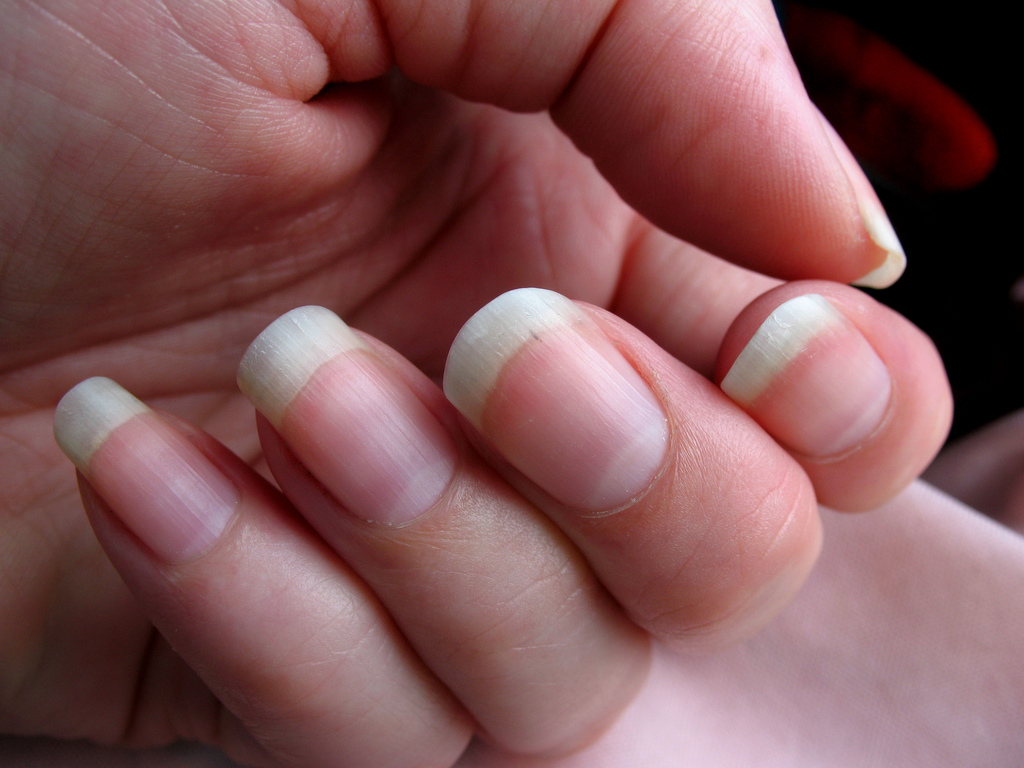
It can refer to a thin crescent moon in the sky, but a fingernail moon, also known as a lunula, is also the pale, half-circle shape seen at the base of your nails. Typically, these are paler in color than the rest of your nail bed, and play a role in the growth and shape of your fingernails.
But what many people don't know is that they can also be indicators of overall health, and can even serve as warning signs to some common health problems.
Read on to discover what your nails are telling you.
1. Large Moons
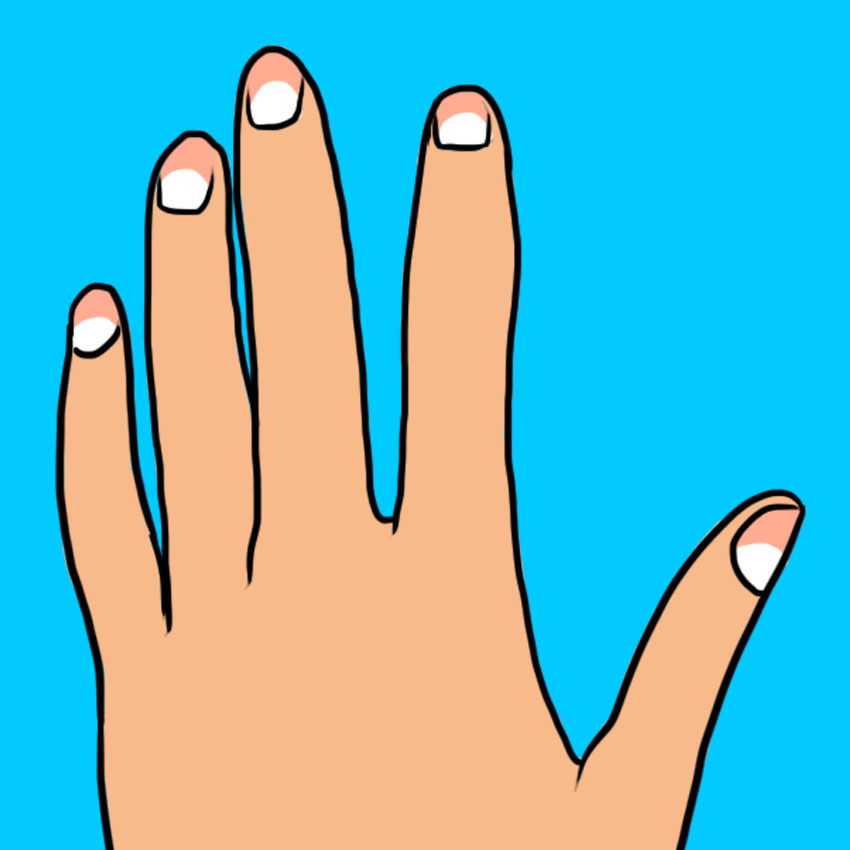
Lunulae are considered large when they take up a third or more of the nail. Large lunulae are believed to be indicative of high blood pressure and a possibly overworked heart. Usually, this is the result of stress.
If you find you have lunulae on the larger side, consider making an assessment of what might be stressing you out, and consider rearranging things to be less of a strain. You can also take up a relaxing habit like meditating or writing in a journal.
2. Small Moons
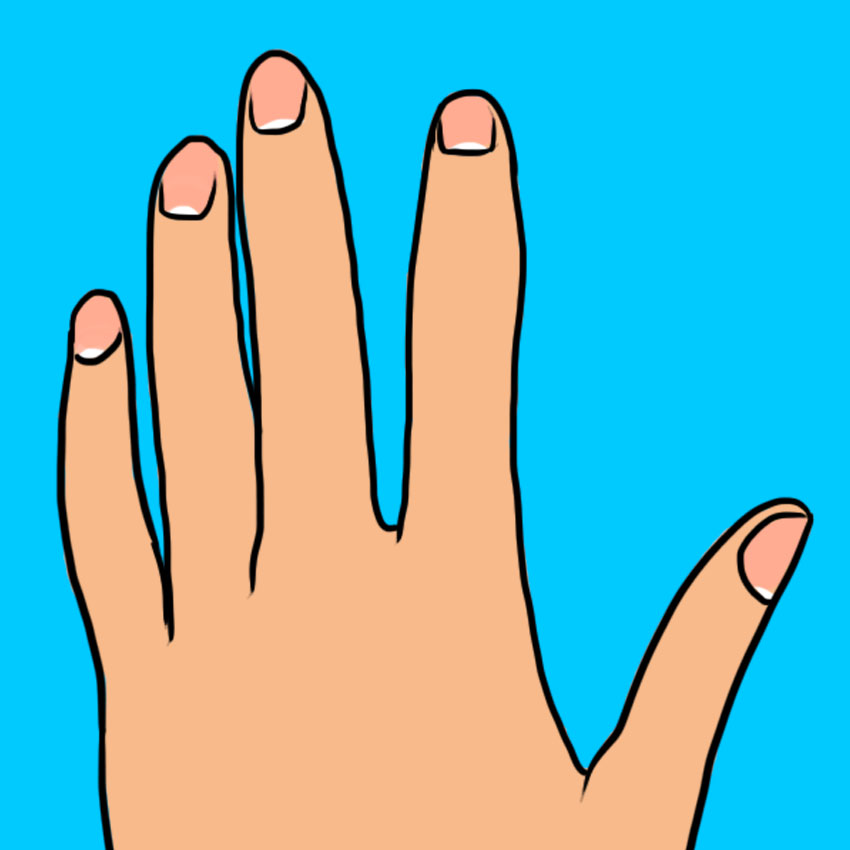
Small moons that barely come over the surface of your cuticle indicate low energy, low blood pressure, and sluggish circulation. They can also be a sign of a weakened immune system.
If this is the case on your nails, try getting more sleep and eating enough to boost your energy. You may also want to see if you have a vitamin or iron deficiency that could be contributing to low energy.
3. Ivory Or White Moons
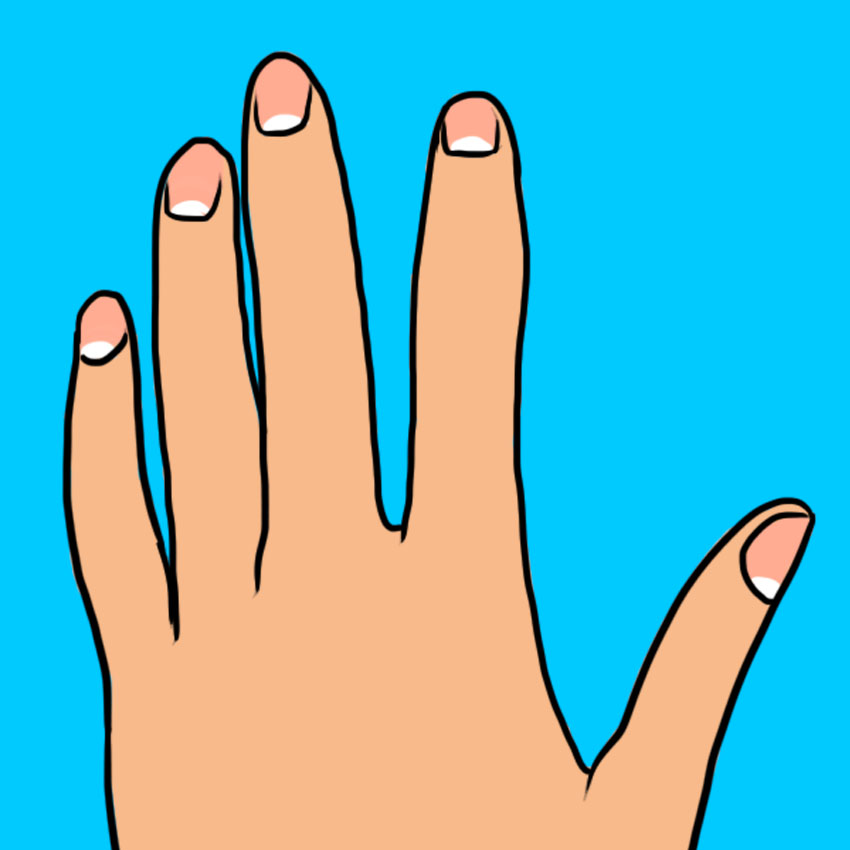
A white or off-white is the normal, healthy color for fingernail moons. If your moons are basically whitish, you're in good shape! Everyone's moons will vary slightly in color due to the natural color of your skin, but so long as they're pale, you're good to go.
4. Gray Moons
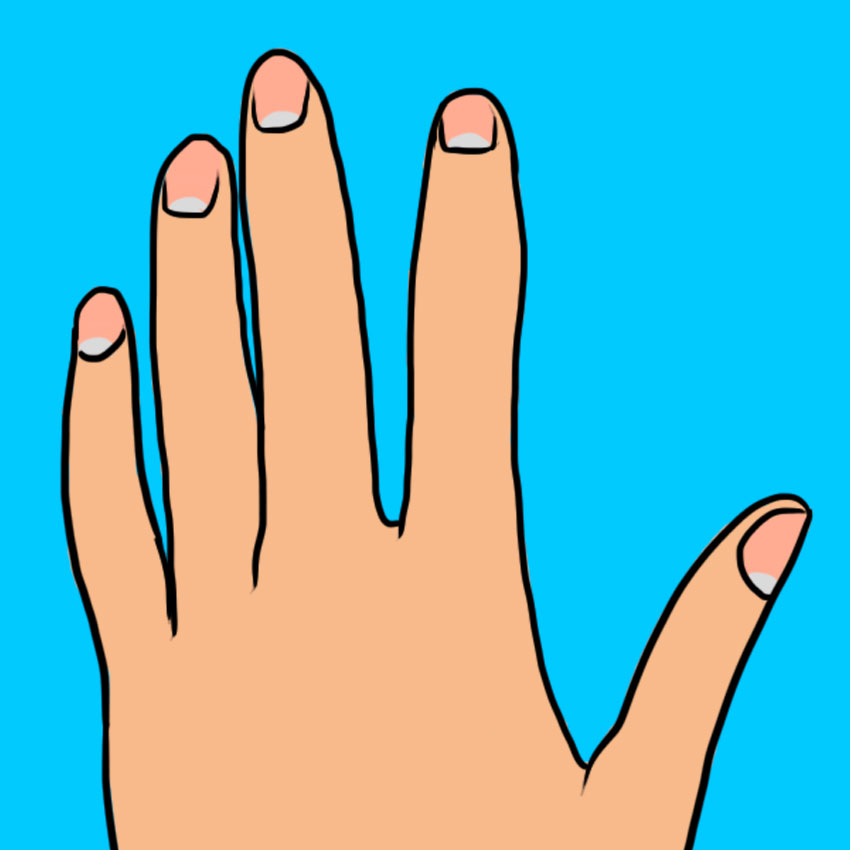
If your moons are grayish in color, it's also a sign of low or flagging energy. You may notice that you've been feeling more tired than normal, and may have been experiencing some digestive issues. Gray lunulae can also be indicative of an issue with absorbing nutrients.
If your moons look gray, consider talking to a doctor to make sure there isn't an underlying issue, and make some lifestyle changes to get your energy back up.
5. Pink Moons

Lunulae that are nearly the same color as the rest of the skin of your nail bed, usually a beige or pinkish color, is a sign that you've been pushing yourself a little too much and are putting physical strain on your body as a result. It can also indicate lung or pulmonary issues.
If you find your moons are looking pinkish, try cutting back on your work and taking it easy for a bit. This will give your body a chance to recharge.
6. Purple Moons
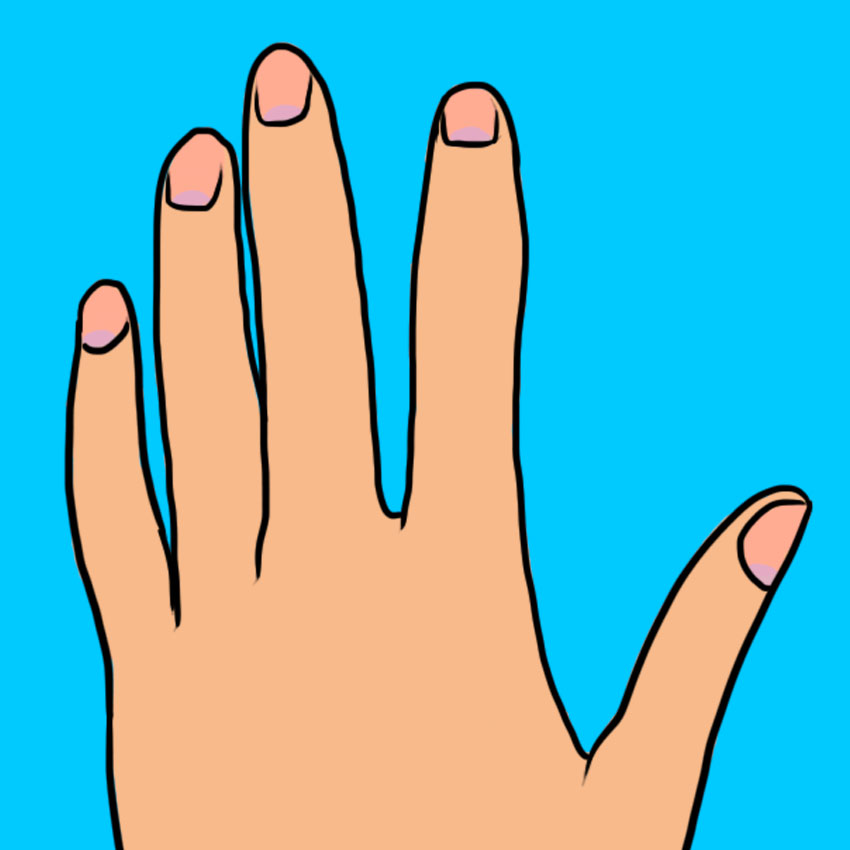
Purplish lunulae are a sign of poor circulation and a lack of oxygen reaching your organs and tissues. If you've also been experiencing feelings of dizziness or headaches, a circulation issue is likely the cause.
Talk to your doctor about how to improve your circulation, which will also help you overcome feelings of dizziness and fatigue.
7. Black Moons
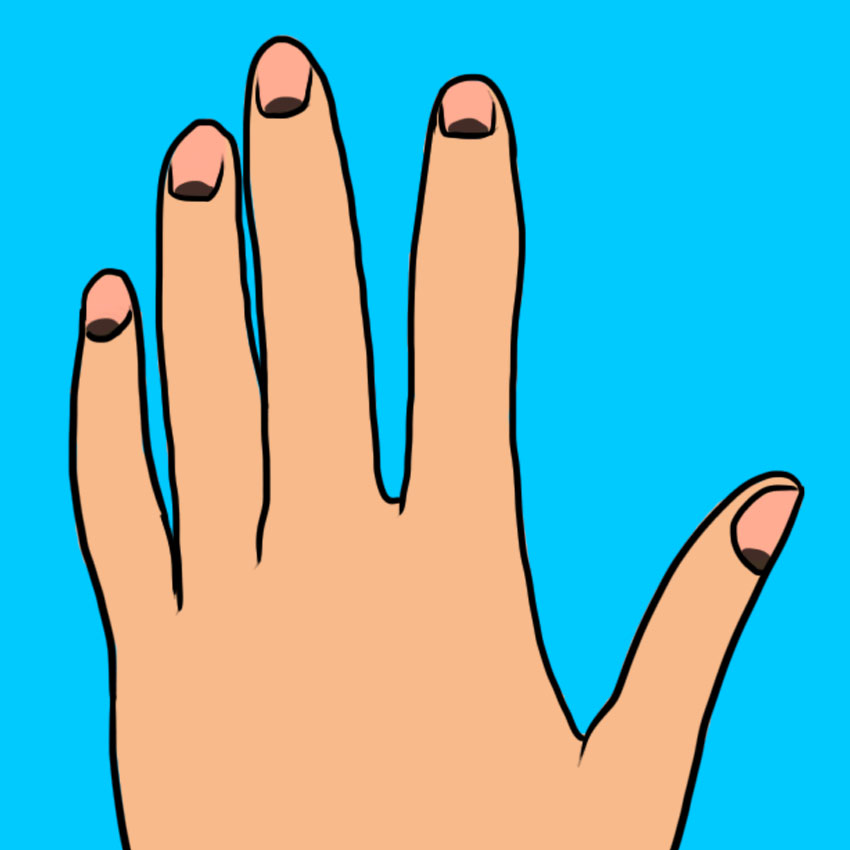
Dark or black lunulae are cause for alarm, and can indicate heavy metal or drug poisoning. If you see even one of your lunulae turn this color, seek medical attention immediately.
Do note, though, that this kind of color can also appear as the result of an injury, like a bruise. Damage to the lunula can permanently deform the nail, so seek medical attention for these kinds of injuries, too.
8. No Visible Moons
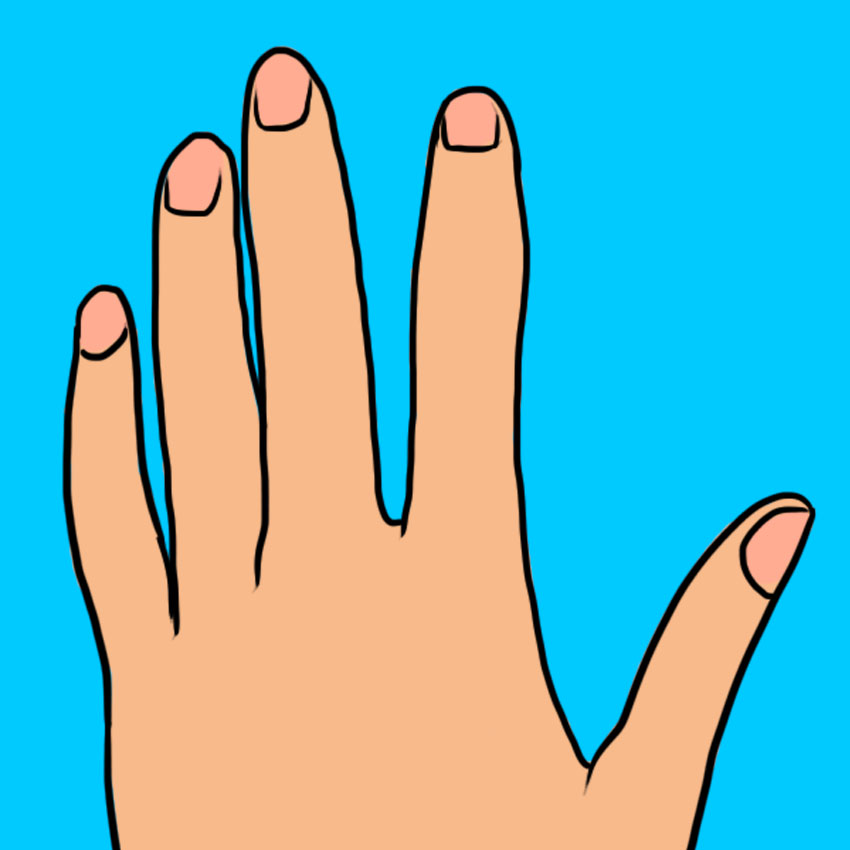
Lack of visible moons, like very small moons, is also a sign of low energy — very low energy — and can also indicate a weakened immune system and propensity towards catching colds and illnesses. It can also be a sign of poor vitamin and nutrient absorption in the body.
Chances are, if you can't see your moons, they are there, but they're just under your cuticles. It's also pretty common to have a very small moon or a moon that's not visible on the pinkie fingers. If the moons on your thumbs and other fingers look normal but you can't see them on your pinkies, don't worry! That's normal.
What If I See A Change On Just One Finger?
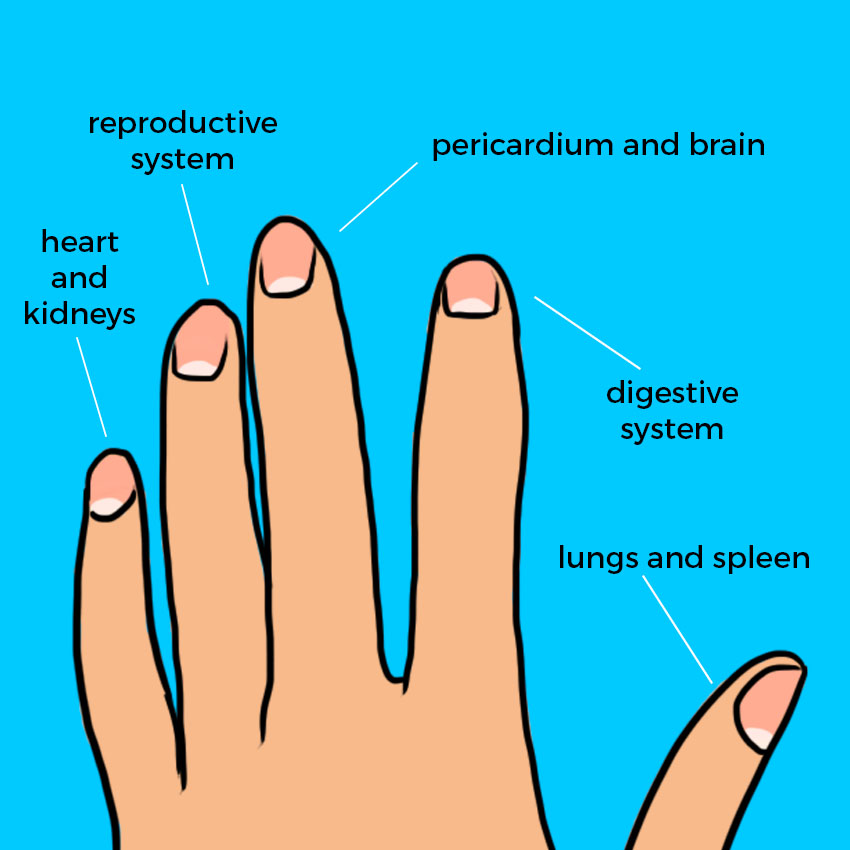
If you suddenly notice that just one of your lunulae changes color, it's believed, in traditional Chinese medicine, that each finger corresponds to different organs in the body, and so it may be an indicator of something going on with that organ.
Thumbs are connected to the lungs and spleen, while the index finger relates to the digestive system. The middle finger is linked to the pericardium and brain, the ring finger to the reproductive system, and the pinkie to the heart and kidneys.
If you notice a sudden, severe change in your fingernails, or experience pain, seek medical attention immediately. And SHARE this information with everyone you know!




